Mint plants are herbs with many versatile uses ranging from cooking to scent-making and even medicinal purposes. They come in hundreds of varieties, each with slightly different properties. The herb can give a nice touch to your garden, and the scent can be wonderful.
Another excellent attribute of the mint plant is that it can grow them in a pot. This article will show you some varieties of mint plants that do well in a pot and the best way to plant them efficiently.
Some Varieties of Mint to Plant in a Pot
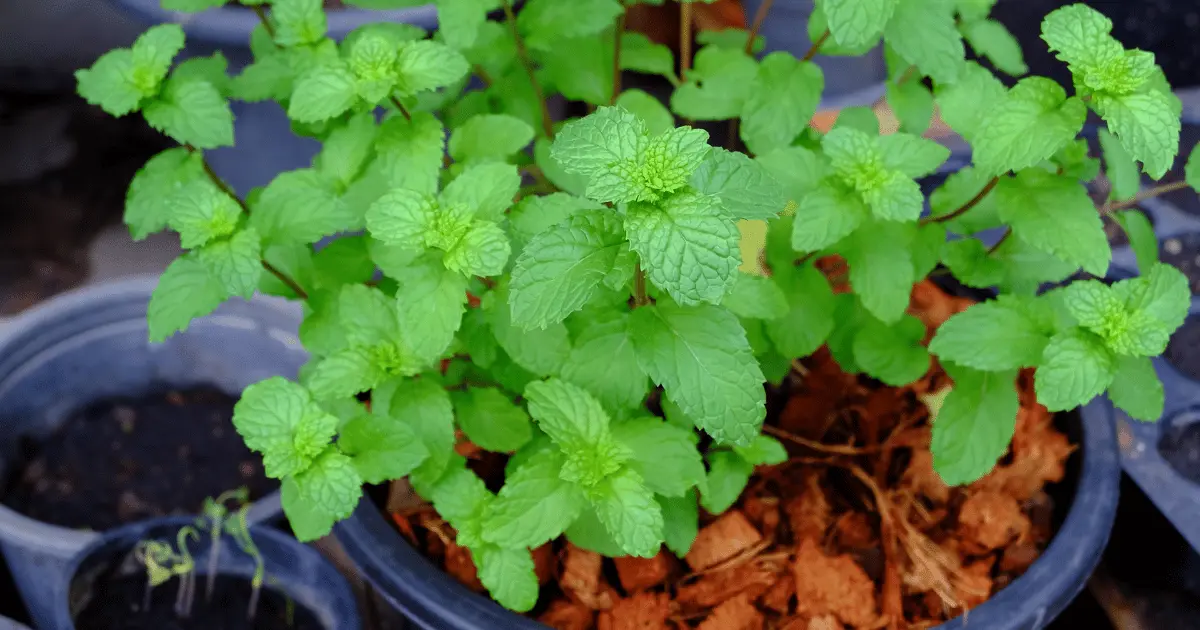
Mints come in hundreds of varieties and with slightly different properties with them. If you are considering planting mint in a pot, these varieties listed here will give you an idea of where to start.
Pineapple mint
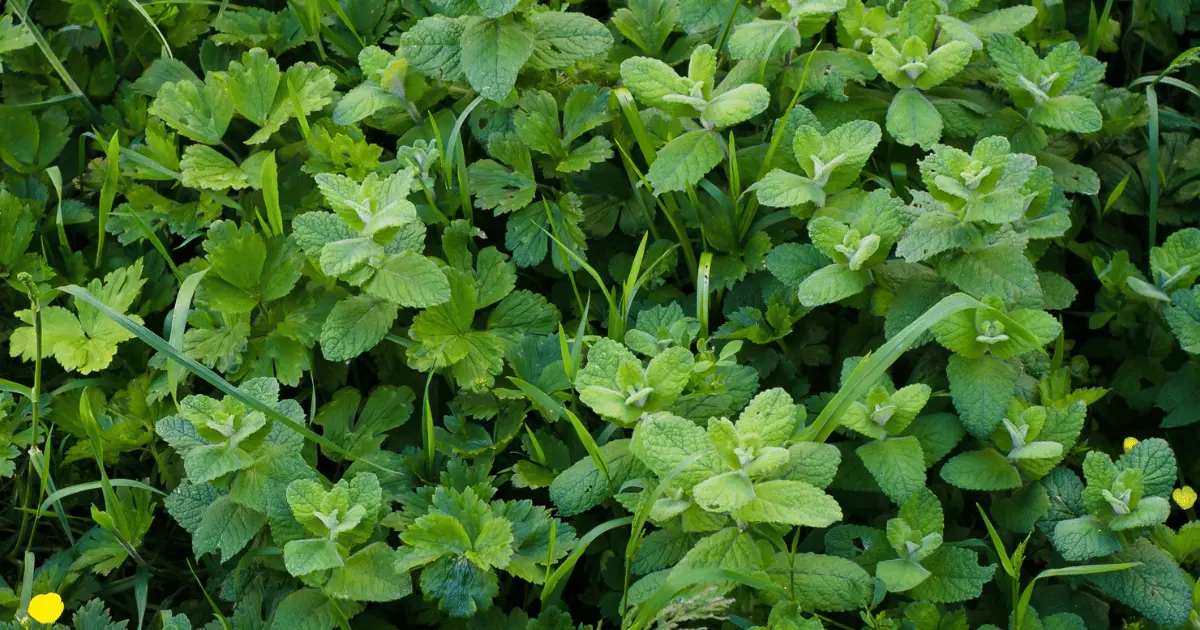
Pineapple mint is a great addition to summer drinks with its scent that has a hint of pineapple. It lasts for several years, grows slowly, and rarely flowers when grown in the right location.
Mentha spicata ‘English Lamb.’
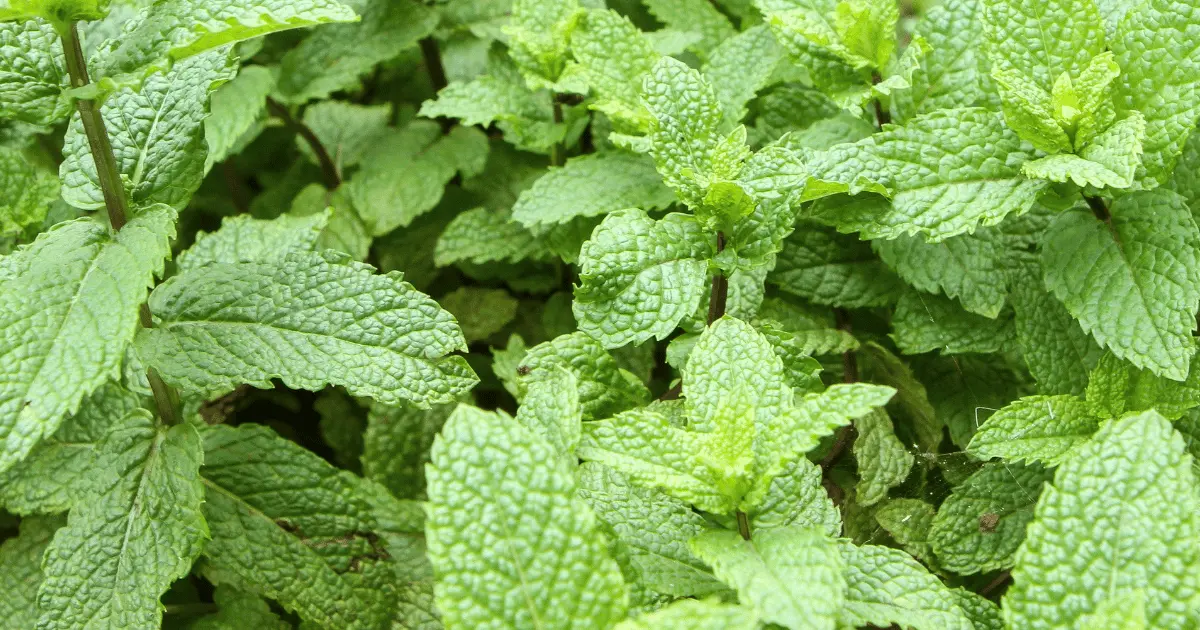
Mentha spicata ‘English lamb’ is great for salads, soups, and drinks as it has a strong, sweet mint flavor. It is a good addition to your potted herb garden.
Strawberry mint
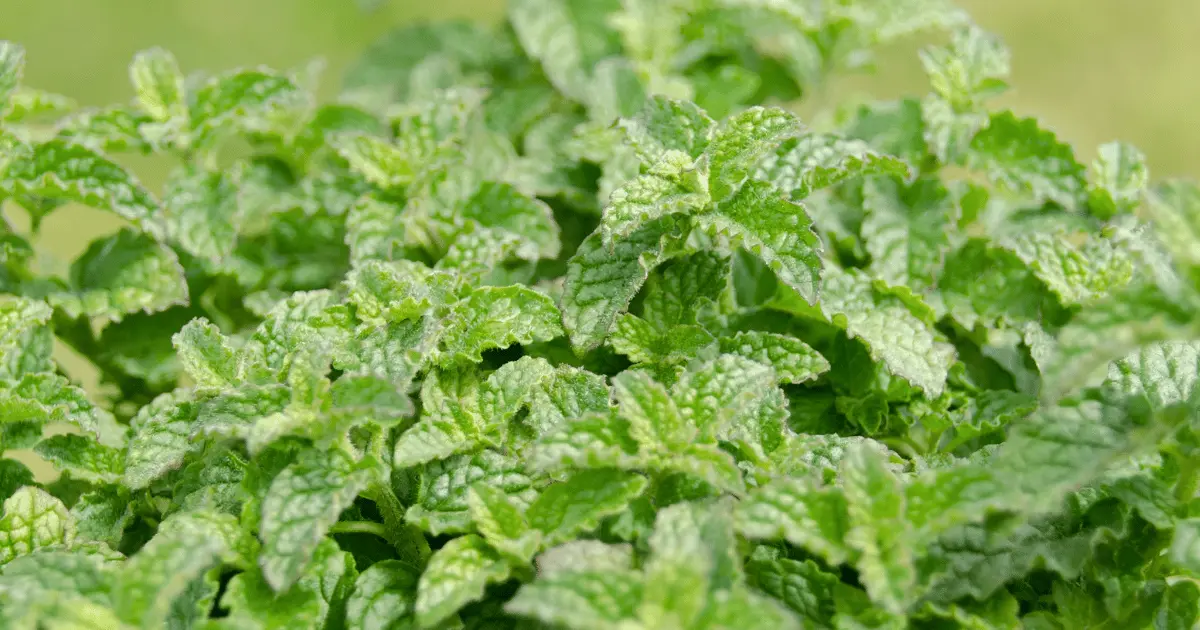
Strawberry mint is another great addition to summer fruit drinks as it comes with delicate leaves that are small and have a mild fragrance and a fruity flavor.
Moroccan mint
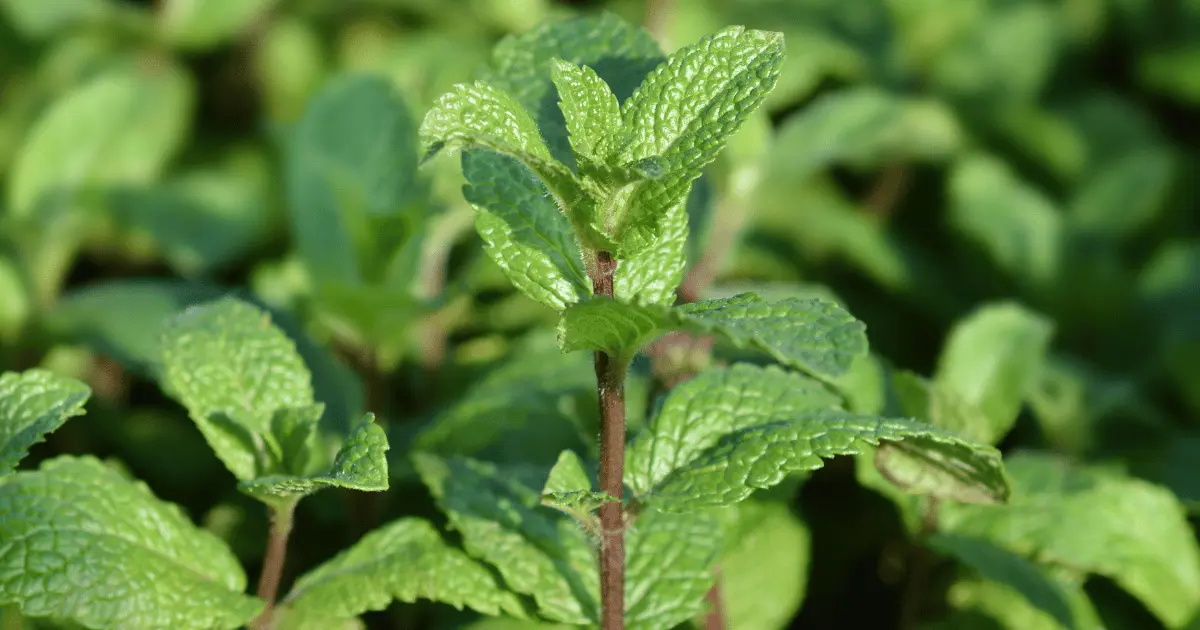
Moroccan mint is normally recommended for brewing fresh Moroccan tea and is good for making mint sauce with its crisp mint flavor.
Chocolate mint
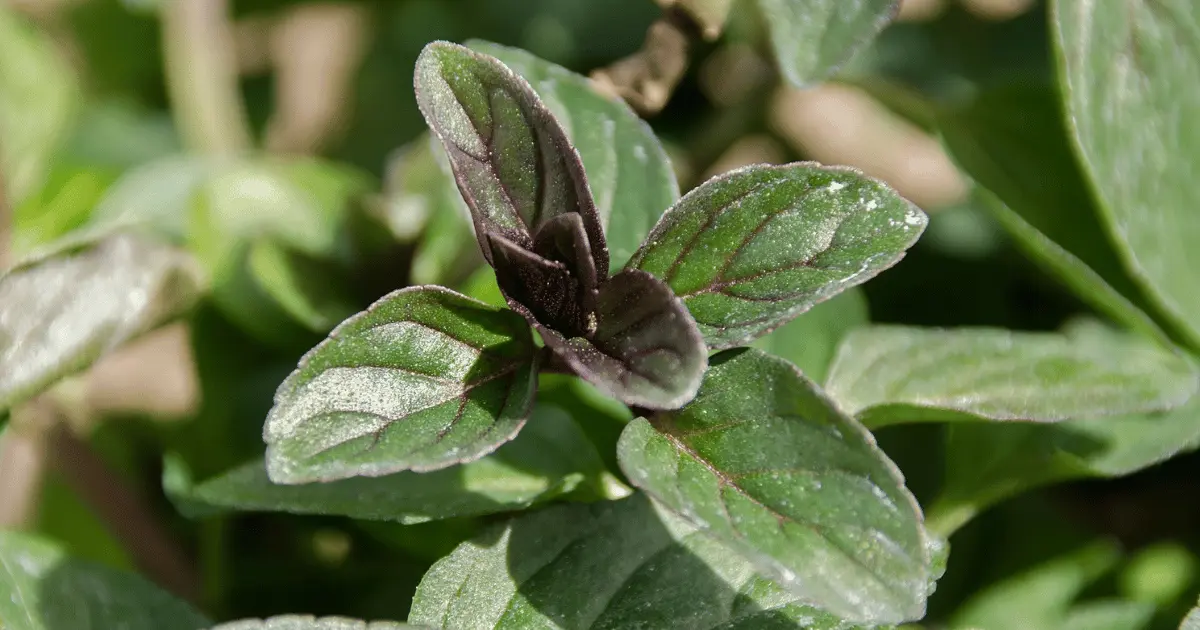
Chocolate mint is perfect as a topping for ice cream and for summer puddings. It has a chocolatey aroma with bronze stems that contrast the green leaves.
Grapefruit mint
Grapefruit mint is perfect and is mostly added to fruit desserts and cocktails. The leaves are large and downy. Grapefruit mint has a sharp citrus flavor and is something to consider adding to your potted garden.
Banana mint
Banana mint, like all mints, is perennial and easy to grow in a pot. This mint tastes and smells similar to bananas with small lilac-colored flowers. Banana mint is mostly used for desserts like ice creams, cookies, and fruit salads.
Ginger mint

Ginger mint is easy to plant and grows quickly. The herb is best situated for lemonades, teas, and summer melon salads. When chopped, it can be added to softened butter and used as a spread, and it also makes a good mint leaf marinade.
Peppermint
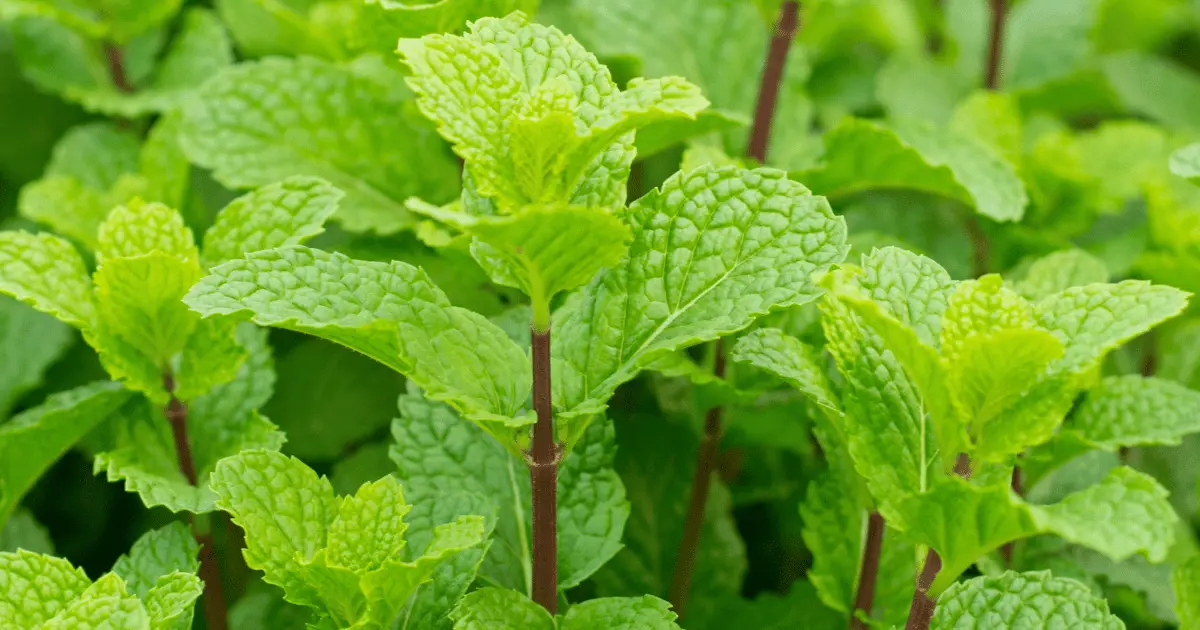
The Peppermint plant has saw-toothed leaves and delicate flowers. The plant has a strong spicy fragrance and is popularly used for medicinal purposes.
Steps on how to grow mint in a pot
The steps involved in planting mint herbs are easy to follow, and the plant is adaptive and can easily tolerate dry or damp conditions in the shade.
Step 1: Select the Right Container
Mints do well in sizeable pots with adequate drainage. A 12-inch container with more than one drainage hole is ideal as it allows the excess water to escape through the holes. Potting mix for your soil should be well-drained soil and if needed, add a slow-release fertilizer if the potting mix does not have it.
Step 2: Choose how to Grow Your Mint
You can grow your mint plant from either seeds or cuttings, so you have options on how you grow your plant.
Growing mint from seeds requires a good plan, as the seedlings need to sprout indoors first before you can transfer them outdoors. Space 2-3 seeds in well-draining dirt every few inches, and when you notice that the first leaves have emerged, you can transplant them to a large pot outdoors.
To grow your mint from cuttings, you will need some stems that are about 8cm. Gently cut off the leaves at the bottom of the stem and place them in a glass of water.
Position this glass in a sheltered location like your windowsill so the stems can root in a few days. When you notice that the stem has a network of roots, transfer them to a pot filled with a mix of good compost and grit.
Step 3: Expose the Pot to Sunlight
Mints require enough sunlight to grow properly; most varieties require at least six hours of exposure to sunlight for the plant to perform healthily.
However, you must be careful about scorching your plant in the sun. You can put your plant in the shade during the hot afternoon sun and remember to rotate your plant so that all sides may grow evenly.
Step 4: Water our Plants Regularly
Like most plants, mint does well with adequate moisture. Ensure that you water it adequately when the soil feels dry. You can check for moisture by pressing your finger into the soil; if it feels dry, water it properly.
Step 5: Water our Plants Regularly
Another way to take proper care of the mint plant is by pruning. Trimming the flower stalks on your plant will help the mint not lose its taste.
Regularly cutting off some plant stems will also encourage a rounder growth of the leaves. Be sure to watch for when your plant spills over the pot so that you can cut back to avoid the unwanted spreading of your plant. Mint leaves often take root when in contact with your garden soil.
Step 6: Harvest Your Mint Plant
Mint is best used when fresh as the oils are most intense then. The moment your leaves start to appear, you can harvest. Prune the leaves by nipping off the top of the stems. You should cut back to an inch above the soil line if the plant becomes leggy to regenerate.
Step 7: Preservation of Mint Leaves
One way you can store or preserve mint leaves is by freezing them. You chop the leaves after washing and shaking them off to dry before placing the chopped leaves in an ice-cube tray to freeze. After giving the leaves some time to chill, seal the frozen leaves in a freezer bag.
Some Good Reasons to Plant Mint in a Pot
Mint leaves have a vast array of uses which often explains many people go through the trouble of planting them at home. Here are some reasons why you should plant mint leaves at home
- Mint contains vitamin A, which is necessary for eye health and is also a source of antioxidants to protect your body from oxidative stress.
- Mint is a rich source of iron, manganese, and potassium that help improve hemoglobin levels and promote brain function.
- Peppermint oil has a compound called menthol that is believed to alleviate irritable bowel syndrome.
- When chopped, you can use mint leaves to spice up your fruit salads. garnish your desserts and give your soups the mint flavor.
- The antibacterial, anti-inflammatory, and antifungal properties of mint leave effectively treat skin-related problems like scars and acne.
Tips for Growing Mint in a Pot
In the cooler climate, take your pots indoors and place them in a sunny location by your window, away from drafts or hot air from heaters. Reduce your watering frequency, but be careful, so your plants don’t die from a lack of moisture.
You can also place your pots in an unheated shed during cooler climates for the plants to go dormant and later regrow during the warmer climate.
Mint herbs are special plants that can come in handy for you, especially when you have them fresh from your pot in your garden. They are easy to grow and will serve you year-round when needed.
